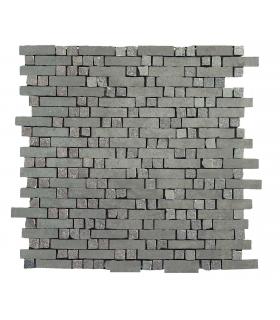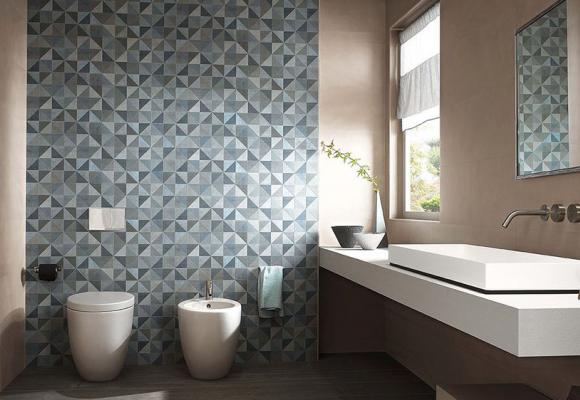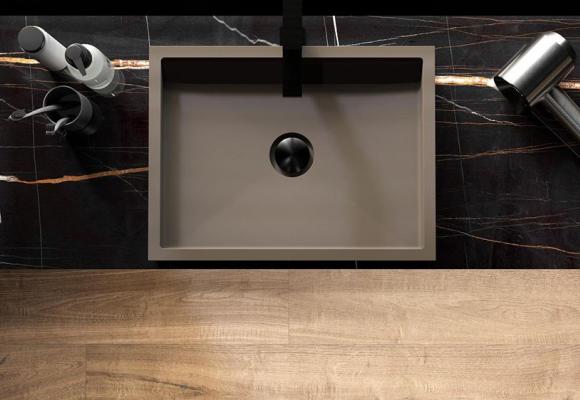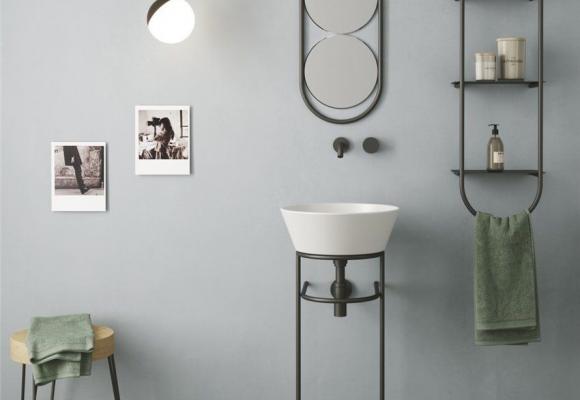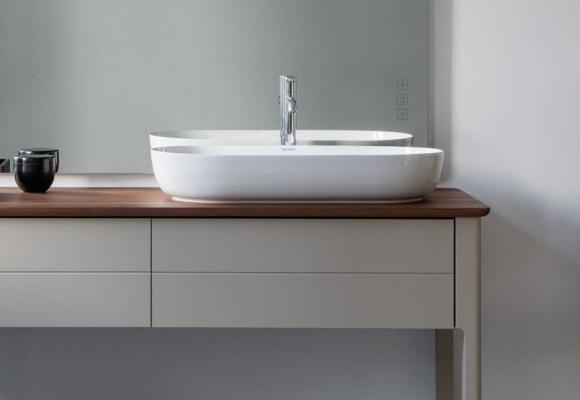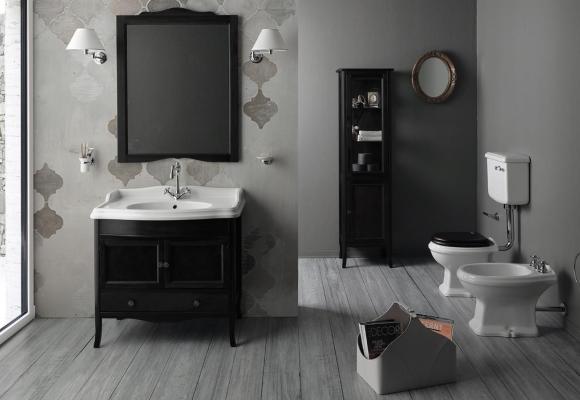What did the bathroom look like 50 years ago?
The bathroom environment is one of those that has undergone the greatest changes in recent years, both in terms of the technologies used for the construction of its components and in terms of design.
Today we are used to having any kind of comfort even in the bathroom area which has increasingly become a relaxation area with spacious environments in new buildings.
In addition to the epochal changes that have taken place in these 50 years in the technology used in the construction of modern bathrooms, the way of conceiving the bathroom has also changed, not only as a utility room, but as a real room in the house that must be treated like any other environment.
Differences between the bathrooms of today and those of yesterday
In the 1970s, the organization of the house was definitely different from now and was fundamentally organized into two macro areas: the living area and the sleeping area to which all the ancillary or service rooms were added, including the bathroom.
The domestic environments were all clearly divided and separated by anterooms and various hallways while today the layout of the rooms also reflects our connected way of life, which gives importance to each environment, respecting its privacy, but also reviewing functionality in a more aesthetic key.
Here are some of the biggest changes we can see between the current bathrooms and those of a few years ago
1 - Coatings
There has been a change in this area on two levels. First of all, the motifs and textures of the tiles used have changed: if in the 70s floral motifs or solid colors were preferred with a simple decoration at the top, now the trend is to have tiles with a material effect, such as effect tiles Marazzi cement collection Memento able to give an industrial and modern touch to a design bathroom.
Secondly, the way of laying the tiles has changed, together with the size of the tile itself: in the past the tiles almost touched the ceiling and small tiles (usually 20x20 cm) were used while current trends see the tendency to use in some areas of the bathroom the tiles only up to the middle of the wall and then rise only in the shower area, for example.
Although the vintage taste of small tiles is returning, the favorite format in recent years is the large one from 120x60 cm up to the maxi monumental slabs that even exceed 3 meters in the largest size.
2. Bathroom sanitary ware
In the bathrooms of 50 years ago in common homes, there was no alternative to a floor toilet detached from the rear wall: the drain was on the ground and the pipes were exposed with decidedly bulky dimensions compared to today's ones.
Today, suspended or floor-to-wall sanitary fixtures are available on the market, with the possibility for some models of having a “shifted drain” which allows renovations to replace the old sanitary fixtures without any masonry work.
See the complete article on sanitary ware with shifted drain >>
To cope with the increasing number of renovations in which the need is to furnish and refurbish a small bathroom in the best possible way, the various sanitaryware manufacturers have included compact toilets and bidets in the range able to meet this need: an example is the Flaminia App collection, also available in the compact MiniApp version.
3- Washbasins and bathroom furniture
A must have of the 70s bathroom is the washbasin with column: the washbasin was fixed to the wall with plugs and the column, which has no load-bearing function, was used to cover the water supply and drainage pipes.
Although this solution is still present in all the catalogs of bathroom furniture manufacturers, there is certainly a tendency to favor a cabinet with a washbasin, even in the slim version of only 37 cm thick, which allows the various objects to be stored in an orderly manner. bathroom without sacrificing style.
A very versatile collection of furniture is Ideal Standard's Conca, which includes slim or normal furniture that can be combined with countertop washbasins for an elegant and modern touch.
Even the taps, on which no emphasis was placed before, today becomes a design element to be chosen with extreme care.



